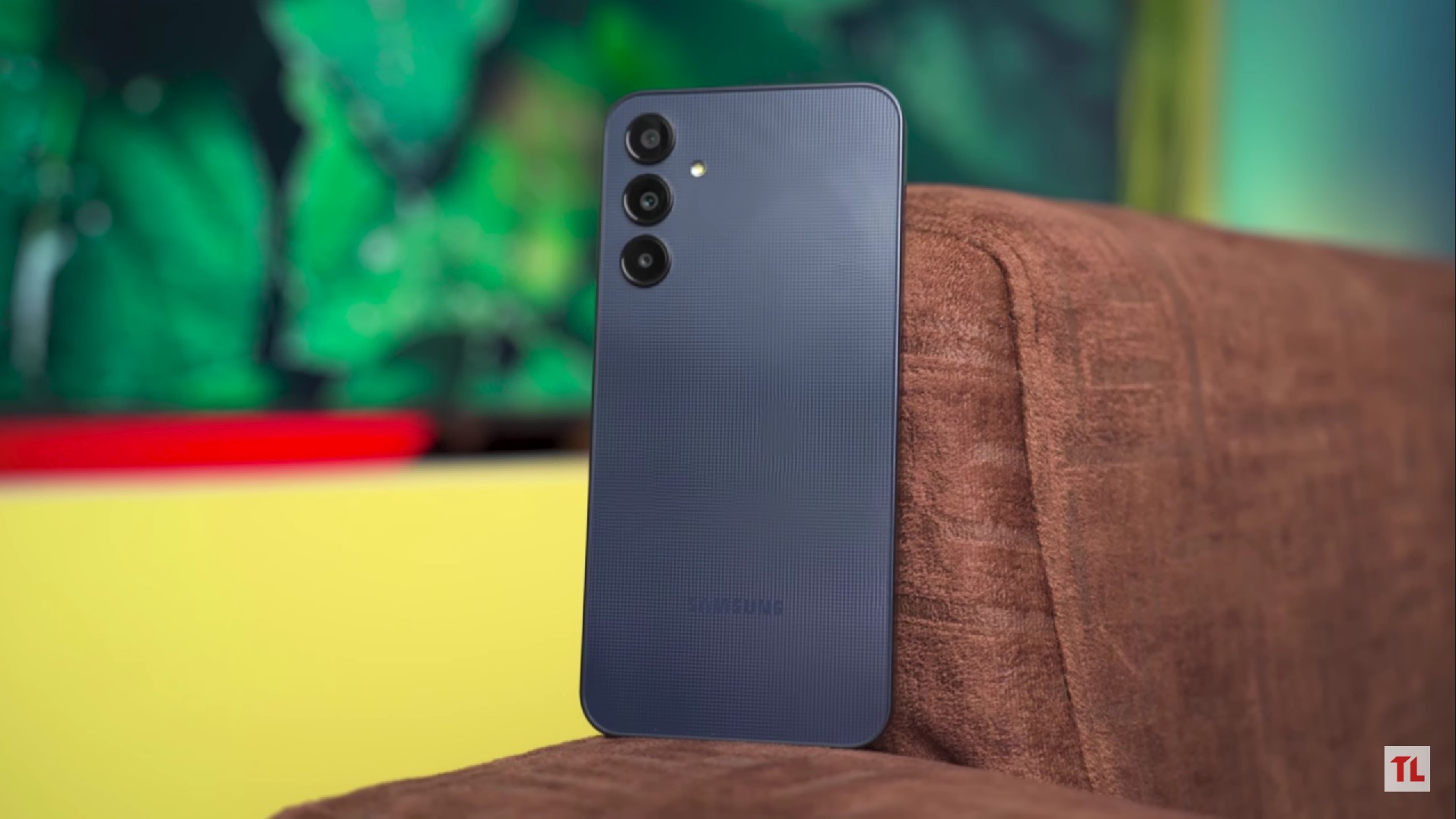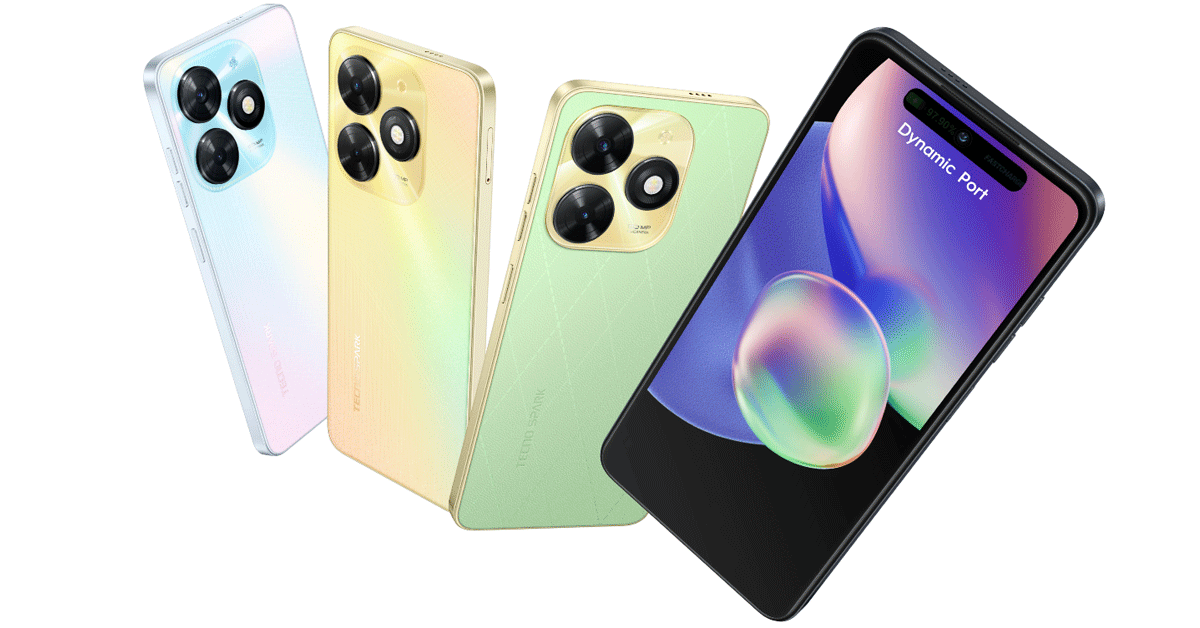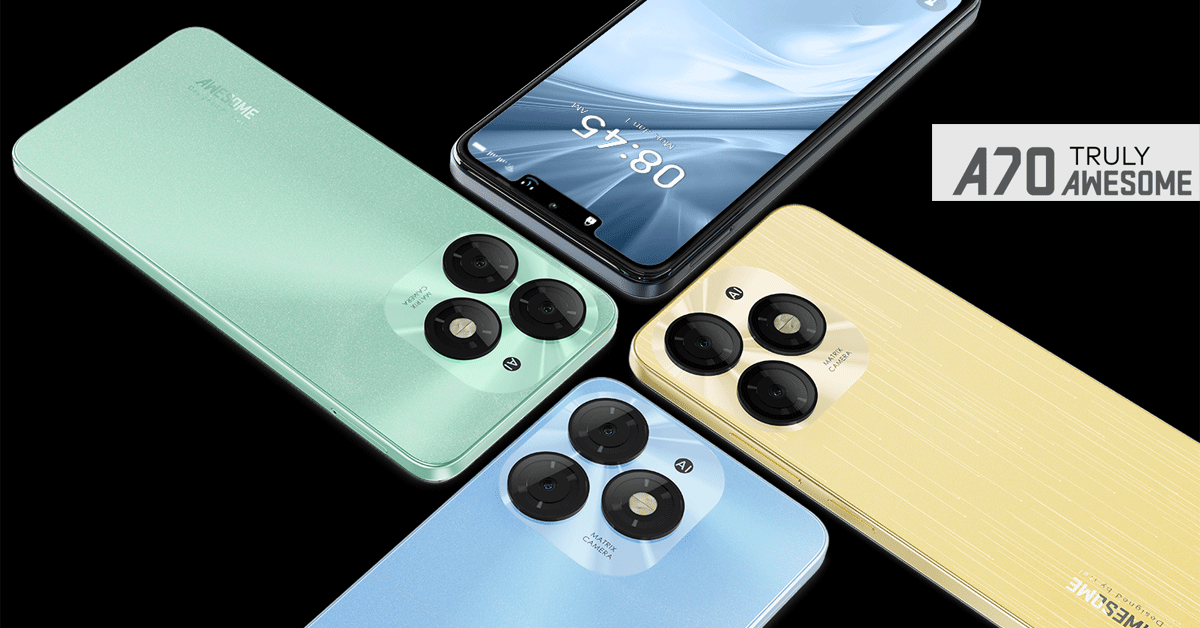What does the best camera smartphone need to have? Zoom prowess, Ultrawide angle madness, high-res images, or ultra-stable videos?

These are some of the things that we have been getting with the new smartphones. Smartphone manufacturers are going crazy with camera features to compete with each other.
One such manufacturer is Samsung. They came up with 100x zoom on the S20 Ultra but this time the Note 20 Ultra has been capped to 50X zoom. It comes with the same camera sensor but looks to improve on the S20 Ultra.
So, how is its camera performance? Let’s check it out!
Samsung Galaxy Note 20 Ultra Specifications
- Body: 164.8 x 77.2 x 8.1 mm, 208 g, Hybrid Dual SIM (Nano-SIM, dual stand-by), Stylus, 9ms latency (Bluetooth integration, accelerometer, gyro)
- Display: 6.9-inches Dynamic AMOLED 2X, 1440 x 3088 pixels, ~494 ppi density, Gorilla Glass Victus, HDR10+, 120Hz@FHD
- Chipset: Exynos 990 (7 nm+)
- CPU: Octa-core (2×2.73 GHz Mongoose M4 & 2×2.4 GHz Cortex-A75 & 4×1.9 GHz Cortex-A55)
- GPU: Mali-G77 MP11
- Memory: 256GB 8B RAM, UFS 3.1, MicroSD up to 1TB
- OS: Android 10, One UI 2.5
- Rear Camera: 108 MP, f/1.8, 26mm (wide), 1/1.33″, 0.8µm, PDAF, Laser AF, OIS
- 12 MP, f/3.0, 103mm (periscope telephoto), 1.0µm, PDAF, OIS, 5x optical zoom, 50x hybrid zoom
- 12 MP, f/2.2, 13mm (ultrawide), 1/2.55″, 1.4µm
- Video: 8K@24fps, 4K@30/60fps, 1080p@30/60/240fps, 720p@960fps, HDR10+, stereo sound rec., gyro-EIS & OIS
- Front Camera: 10 MP, f/2.2, 26mm (wide), 1/3.2″, 1.22µm, Dual Pixel PDAF
- Video: 4K@30/60fps, 1080p@30fps
- Battery: Non-removable Li-Po 4500 mAh battery, Fast Charging 25W, USB Power Delivery 3.0, Fast Qi/PMA wireless charging 15W, Reverse wireless charging 9W
- USB: 3.2, Type-C 1.0 reversible connector, USB On-The-Go
- Misc: Fingerprint (under display, ultrasonic), Accelerometer, Gyro, Proximity, Compass, Barometer
- Colors: Mystic Bronze, Mystic Black
Samsung Galaxy Note 20 Ultra Price in Nepal: Rs. 1,39,999 (8/256GB)
Samsung Galaxy Note 20 Ultra Camera Review
Camera
-
- Rear Camera: 108 MP, f/1.8, 26mm (wide), 1/1.33″, 0.8µm, PDAF, Laser AF, OIS
- 12 MP, f/3.0, 103mm (periscope telephoto), 1.0µm, PDAF, OIS, 5x optical zoom, 50x hybrid zoom
- 12 MP, f/2.2, 13mm (ultrawide), 1/2.55″, 1.4µm
- Video: 8K@24fps, 4K@30/60fps, 1080p@30/60/240fps, 720p@960fps, HDR10+, stereo sound rec., gyro-EIS & OIS
- Rear Camera: 108 MP, f/1.8, 26mm (wide), 1/1.33″, 0.8µm, PDAF, Laser AF, OIS

Samsung Galaxy Note 20 Ultra is using the same 108MP sensor used by the S20 Ultra. It’s the Samsung Isocell Bright HM1 sensor. But, Samsung Galaxy Note 20 Ultra brings laser autofocus to fix the autofocus problem. Also, Samsung has decided to go with only 50x zoom instead of the 100x zoom.
108MP Main Sensor
The 108MP main sensor captures 27MP pictures by default as it uses a Quad Bayer filter. The 27MP photos have plenty of details in itself and the colors are really good.
As usual, we get saturated colors with Samsung but it’s not extra dramatic. It feels just right and with the detail levels of Note 20 Ultra, the pictures turn out really nice.
Furthermore, the natural depth effect makes the pictures even more appealing. The focus hasn’t been a problem here and if you’re too close to the subject, it tells you to move further away and use 2X zoom to take an up-close image.
Samsung’s HDR has been really good and it’s the same with the Note 20 Ultra. It works really well in a high dynamic range situation to provide balanced exposure. HDR is also available with the 108MP mode but it doesn’t work as good as it does in Normal mode.
The 108MP pictures are slightly underexposed and we lose some detail in the dark area of the pictures. This makes the 27MP images a tad bit brighter than 108MP photos.
However, 108MP photos are filled with details. You can zoom in and even retain nice details on the 108MP photos. But, 27MP photos are more than good enough. The 108MP pictures will come in handy if you’re into adding post effects.
Zoom Prowess
With Note 20 Ultra, Samsung has cut down the 50X hybrid zoom instead of 100X which was seen on the S20 Ultra. It has a 12MP periscope lens than enables up to 5X optical zoom and 50X hybrid zoom.
The 5X optical zoom works really well and there’s no difference in color profile between the normal and 5X zoom images. But, the images start to get soft when you start using zoom. You can see in the samples below that the 5x zoom images look slightly overexposed. Furthermore, the 10X zoom images are not bad either as you can still make out some details of the faraway objects.
Then, the images tend to lose a lot of detail as you start using zoom levels beyond the 10X. The 15X zoom images are usable if the image is shot under a well-lit environment. I would not recommend using the zoom level beyond 15X unless you want to spy on someone.
While the Note 20 Ultra makes it easy to take zoom images with a preview of where the device is pointing on the top left. The quality of 20X or 50X images is not good, you will be barely able to identify the objects.
Night Mode
As with every phone, low-light images tend to have noise and the pictures are not as sharp. But, we expect much more out of flagships. Obviously, the low light pictures don’t have good details as the daylight pictures but it’s not clogged with noise either. Even though the pictures don’t look as sharp, the low-light images look good even without night mode.
In pitch dark, using night mode will greatly increase the amount of light in the images. It can extract more details out of the scene but it also shows aggressive noise-reduction as some parts of the images look like it’s been oil painted.
Then, we have a common problem where it doesn’t do good with moving objects. Any moving subjects will appear blur in pitch dark conditions and it’s much more evident while using Night Mode.
12MP Ultra wide-angle Sensor
Samsung Galaxy Note 20 Ultra is using a12MP f/2.2 ultrawide sensor which is equivalent to 13mm. It has a FOV of 120 degrees which is above average.
The ultrawide camera produces really good photos with ample details. And, Samsung has done a really good job to maintain the color profile between its main sensor and the ultrawide sensor.
Even though it’s not a 48MP ultrawide sensor like the one’s one the OnePlus 8 Pro, they have really good details and the images look appealing. And, as mentioned above, the colors are saturated like the main sensor. It also does a fine job with lens distortion, the distortion is minimum and it’s only noticeable in some unique situations.
Its performance in low light is good as well. Though the images don’t look as sharp, it managed to take decent ultrawide photos in low light.
Portrait Photos
Regarding portrait photos, Samsung Galaxy Note 20 Ultra takes impressive portraits. The edge detection is really good and the background blur effect looks impressive too.
It can handle background highlights so portraits turn out nice even when there’s much backlight on the background.
You can take normal portrait shots which are slightly zoomed-in or you can opt to go slightly wider. The normal zoomed-in portraits look much better than the wider portraits. The blur effect looks more natural in the zoomed-in portraits than the wider ones.
Front Camera
- Front Camera: 10 MP, f/2.2, 26mm (wide), 1/3.2″, 1.22µm, Dual Pixel PDAF
- Video: 4K@30/60fps, 1080p@30fps
On the front, we get a 10MP selfie camera with dual pixel autofocus.

It does a fine job with good details on the face and natural skin tone. The subject stands out from the background as well, so it looks more appealing. Also, the color is not as saturated as it is from the rear camera.
The HDR works well to retain details on the background without blowing out any highlights. Selfies are nice overall but it’s not super impressive. You can also opt to use a wide mode which has a slightly more FOV than normal.
Then, the portrait mode from the front camera works well too. It does a nice job of separating the subject and the background. The background blur is also nice and you don’t get blown out background even if there’s plenty of light on the background.
Video
Samsung Galaxy Note 20 Ultra supports 8k 24 fps videos from the rear camera. Then, it does 4k 60 and 4k 30 as well.
Videos from Note 20 Ultra are really impressive. They look sharp with a good amount of details even in 1080p. Its dynamic range is also quite good in videos.
Talking about stabilization, video stabilization does a good job. It’s really good at 1080p and it’s fine in 4k as well. Normally, there’s a massive difference in stabilization when you go from 1080 to 4k but I was quite impressed with its stabilization.
Then, there’s the super steady mode which gives you really good stabilization with a slight compromise in quality. It takes video from the ultra-wide-angle sensor and crops to get stable footage. Gone are the focus problem with the Note 20 Ultra. The autofocus is quick and always on point. I didn’t have a single problem with Note 20 Ultra’s focus, seems like the laser AF is doing a fine job.
Then, there are some nifty features like Pro video mode. You can manually change almost every setting including ISO, Aperture, WB, and Focus. But, the interesting new feature is that you can select a different audio source from USB or Bluetooth.
I tried it with my Edifier TWS 1 and it works flawlessly, So, you can step up your videos a notch when it comes to audio quality. But, do keep in mind that, you can only capture 1080p 30fps videos in pro-video mode.
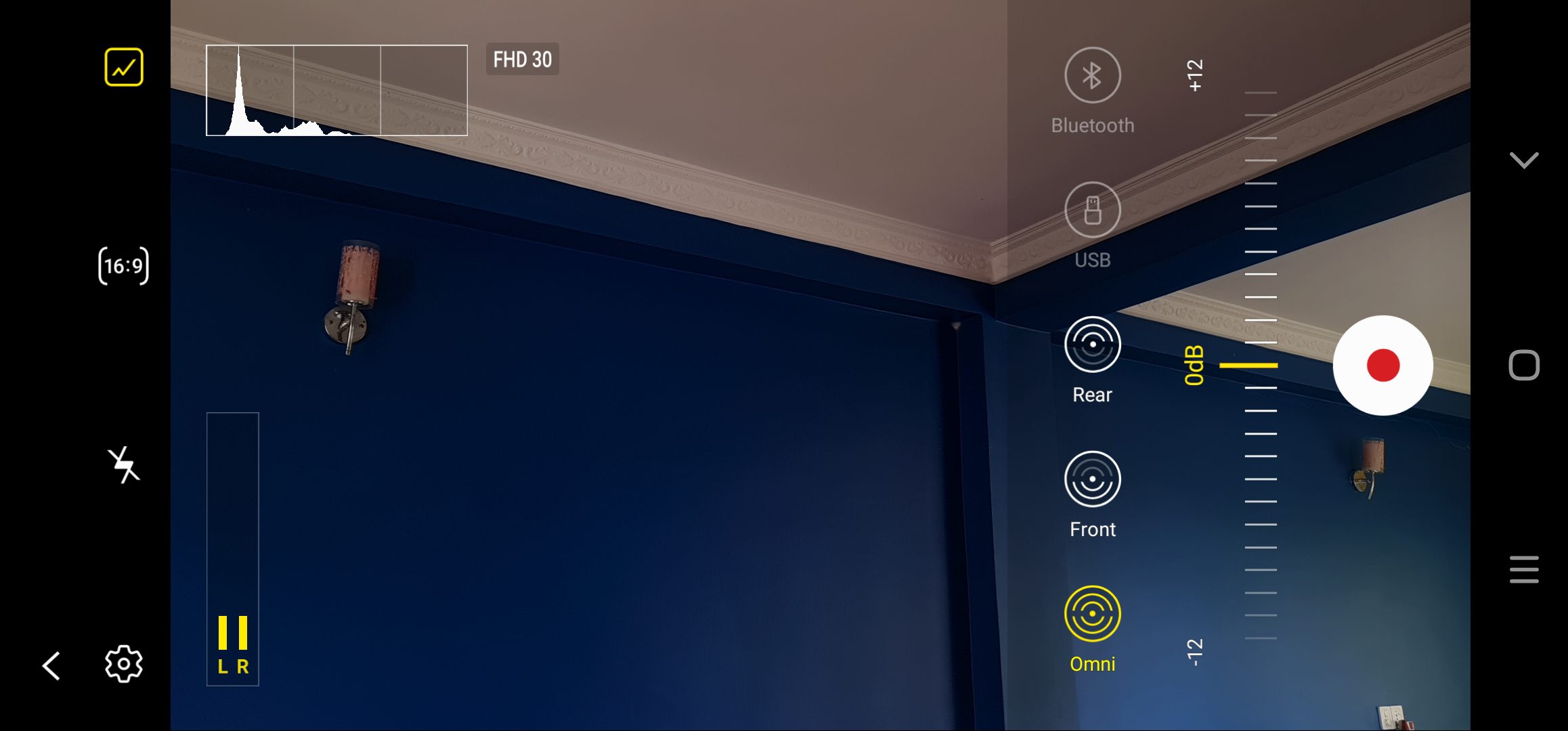
The front camera can also capture 4k 60fps videos. And, the quality is really good for a front camera. Plus, the camera profile is the same as the rear camera. So, it’s really good for vloggers. You can match the video quality from the rear and front camera even if you keep switching between them.
Other Features
There are lots of other nifty features baked into Samsung’s camera app. You can take slow-motions, live focus video, hyper-lapse, and much more.
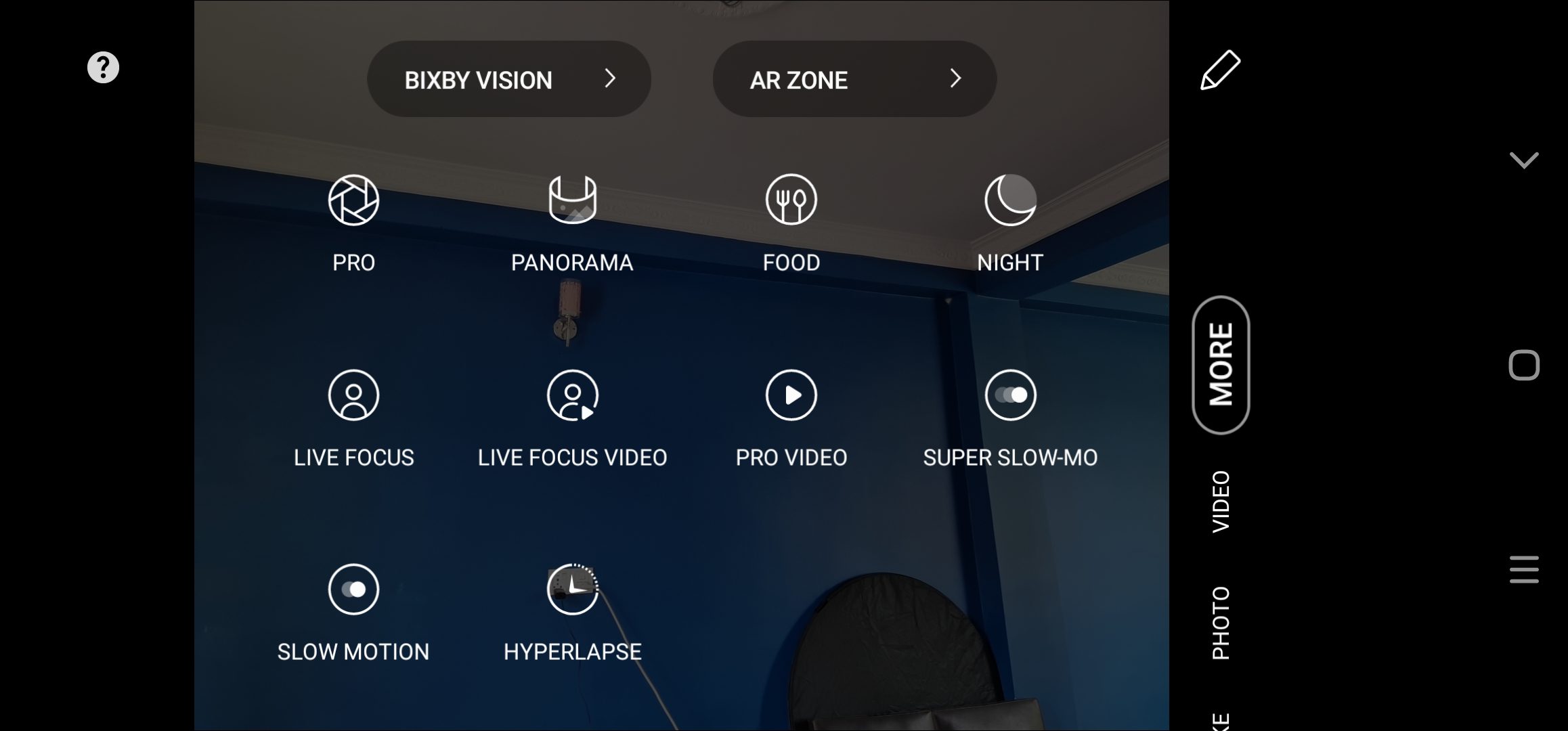
I’m not much into slow-mo stuff but I did try the single take and live focus video. The single take is where it takes about 10 seconds video and then picks out the best picture, a boomerang kind of video, and such from the video.
Then I tried the live focus video from the front camera and it works average to be fair. The edge detection is fairly good but the background blur doesn’t look convincing. But still, you can have fun playing around with these features.
Great Overall Camera Performance
Samsung Galaxy Note 20 Ultra doesn’t improve much over the S20 series but it does bring in much-required improvements. Especially, the addition of laser autofocus helps to cure the focus problem which bugged the S20 Ultra. Then, its zoom capability has also been refined.
The main sensor is really impressive and that makes Note 20 Ultra one of the best camera phones. You get crisp shots with the main sensor along with a good dynamic range and beautiful color.
You can get even more detailed shots with the 108MP mode but you lose out on HDR. I’m very impressed with the main sensor.
The 12MP ultrawide angle sensor is also good. I thought that it won’t produce images with good details but I was wrong. Unless it’s very dark, the ultrawide angle camera captures images with good details and popping colors. It also shares the same color profile as the main sensor which is a good thing.
About zoom, I don’t think people are going to use zoom beyond 15X or 20X. The image quality is not practical at those zoom levels and it’s worse a 50X. But, the 5X zoom and 10X hybrid zoom is really nice. It provides an extra dimension to play with the camera. You can get creative with your shots and also capture things up close.
But, I think it’s better for videos. I really like the video quality from the Samsung Note 20 Ultra. The videos are sharp and really nice even in 1080p. The quality is excellent at 4k and the stabilization is not bad at 4k either.
It’s a really good video camera if you’re especially interested in vlogging via our smartphone. The FOV from the front camera is not great when you’re holding it in your hand but it will be just fine with a selfie stick.
With all said and done, there’s no doubt that Samsung Note 20 Ultra is one of the best camera phones. However, I like its video capture capability rather than image capture capability.
-
Samsung Galaxy A25 5G Review: Save Money and Go for the A15!Samsung Galaxy A25 5G Review: TechLekh Verdict I don’t think that the Samsung Galaxy A25…
-
Tecno Spark 20C with a 50MP Main Camera Launching Soon in NepalHIGHLIGHTS The Tecno Spark 20C is set to launch soon in Nepal. The smartphone will…
-
Itel A70 With Unisoc T603 Processor Launched in NepalHIGHLIGHTS The Itel A70 price in Nepal is Rs.11,490 (4/64GB). A Unisoc T603 octa-core processor…




















